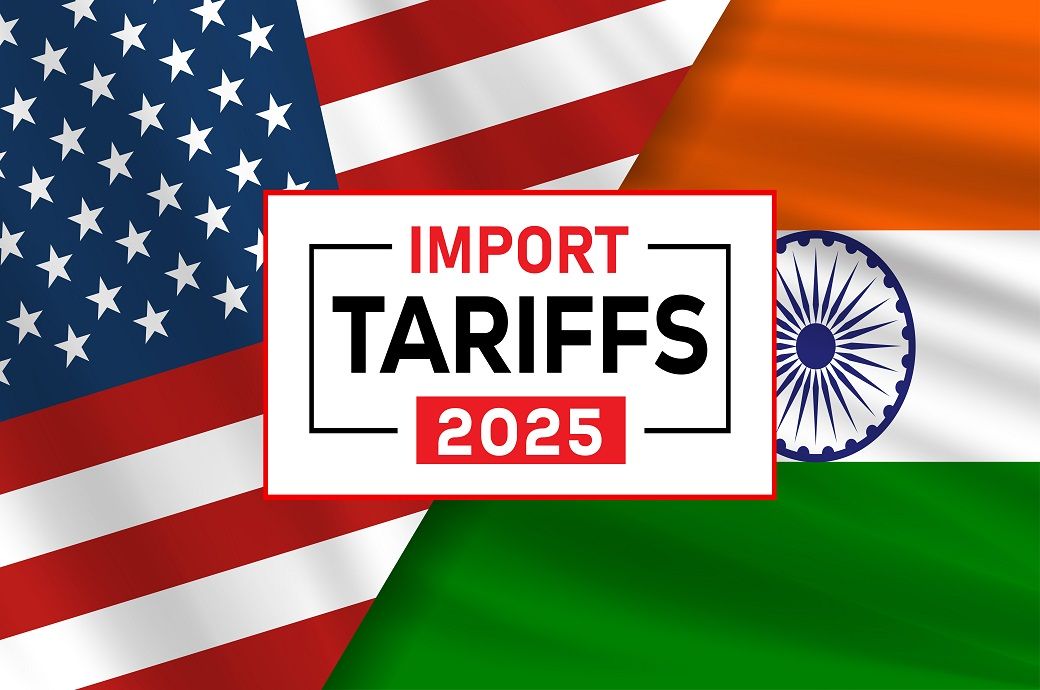
Tensions between the two countries, already mounting in the wake of US President Donald Trump’s announcement of a steep 25 per cent tariff on Indian imports, have now intensified further. The situation, which had been growing increasingly strained due to earlier warnings from Trump about imposing an unspecified penalty on India for its continued trade engagement with Russia—specifically its purchases of Russian crude oil—has taken another serious turn.
In his latest remarks, Trump has reportedly threatened to “raise tariffs substantially” on India and soon, further escalating pressure on New Delhi.
This latest warning comes despite India maintaining its current policy stance, thereby deepening uncertainty, and adding a new layer of complexity to the already fragile trade dynamic between the two nations.
There are also reports suggesting that a US negotiating team could arrive in New Delhi on August 24 to take part in the sixth round of bilateral trade talks, scheduled to commence the next day. Now if it would take place, remains to be seen.
Nevertheless, these conflicting developments have only added to the uncertainty surrounding the future of India-US trade relations. For Indian stakeholders, the situation has become increasingly confusing. Despite the looming threat posed by Trump’s aggressive trade posture, there had been cautious optimism among many industry representatives that the upcoming round of talks would proceed as planned—and perhaps even deliver some tangible progress toward resolving the outstanding trade issues.
The tariff decision that sparked this recent wave of uncertainty was made public by Trump on July 30, via a post on the social media platform Truth Social. The post announced a blanket 25 per cent duty on goods exported from India to the US. Additionally, Trump warned of the possibility of another, unspecified levy in response to India’s ongoing oil trade with Russia.
These policy moves have not only rattled Indian exporters but have also deepened the complexity of an already sensitive trade landscape. As tensions escalate, stakeholders across industries are urging for a timely and effective resolution to what is increasingly being seen as a vexing and prolonged tariff standoff.
One of the sectors most affected by the latest developments is the textile and apparel industry, particularly the micro, small, and medium enterprises (MSMEs) that form the backbone of India’s manufacturing economy. Industry leaders from this segment have reportedly called for government intervention, voicing concerns that the 25 per cent tariff will significantly damage the competitiveness of Indian exporters.
This concern is especially pronounced when compared to exporters from countries such as Bangladesh, Vietnam, and Indonesia, who currently enjoy preferential access to the US market. As a result, Indian exporters are now facing even tougher competition in the US market.
The industry has flagged a combination of issues—including rising input costs, a decline in global demand, and disruptions in export contracts—as major challenges. According to reports, these challenges have created what many are calling a “perfect storm” for textile MSMEs. Exporters are now struggling with cash flow crises, cancelled or renegotiated orders, and mounting uncertainty about the future of their businesses.
The impact of this crisis is not limited to individual exporters. The consequences are expected to ripple across the entire textile value chain, affecting suppliers, processors, logistics providers, and a range of allied industries.
In response, the textile industry has laid out a series of recommendations for government support, as per reports. These include access to raw materials at globally competitive prices to help ease cost pressures, along with financial relief measures such as interest subsidies, enhanced export credit facilities, and the implementation of incentive schemes similar to the Production Linked Incentive (PLI) initiative.
Yet, according to many industry observers, the most crucial demand is for the long-pending India-US Bilateral Trade Agreement (BTA) to be fast tracked. Stakeholders believe that a comprehensive and structured trade agreement could offer a long-term solution to the current tariff dispute, while also laying the foundation for a more stable and predictable trade partnership.
In a previous interview with Fibre2Fashion, N Thirukkumaran, General Secretary of the Tiruppur Exporters' Association (TEA), suggested that the imposition of new tariffs could be part of a broader US strategy to pressure India into further opening up its domestic market to American goods and services. However, he also expressed hope that continued negotiations could lead to a “fair deal,” noting the US had shown some willingness to remain engaged in dialogue.
The Southern India Mills’ Association (SIMA) has also expressed its concerns about the tariffs. SIMA chairman S K Sundararaman reportedly sought the intervention of India’s Prime Minister to ensure that the bilateral trade talks move forward without further delay. He also reportedly stressed the importance of accelerating the negotiation process between the two countries.
Adding to these voices, Rakesh Mehra, chairman of the Confederation of Indian Textile Industry (CITI), also reiterated—according to media reports—the need to conclude the BTA as soon as possible.
Despite these collective appeals and signs of diplomatic engagement, President Trump’s shifting stance on tariffs has left stakeholders guessing. The unpredictability of his trade policies continues to cast a shadow over the prospects of resolution, even as Indian exporters and industry leaders remain hopeful that the next round of talks is held and a breakthrough achieved.
However, for now, there is no clarity on how the issue of tariff might unfold in the days to come.
ALCHEMPro News Desk (DR)
Receive daily prices and market insights straight to your inbox. Subscribe to AlchemPro Weekly!